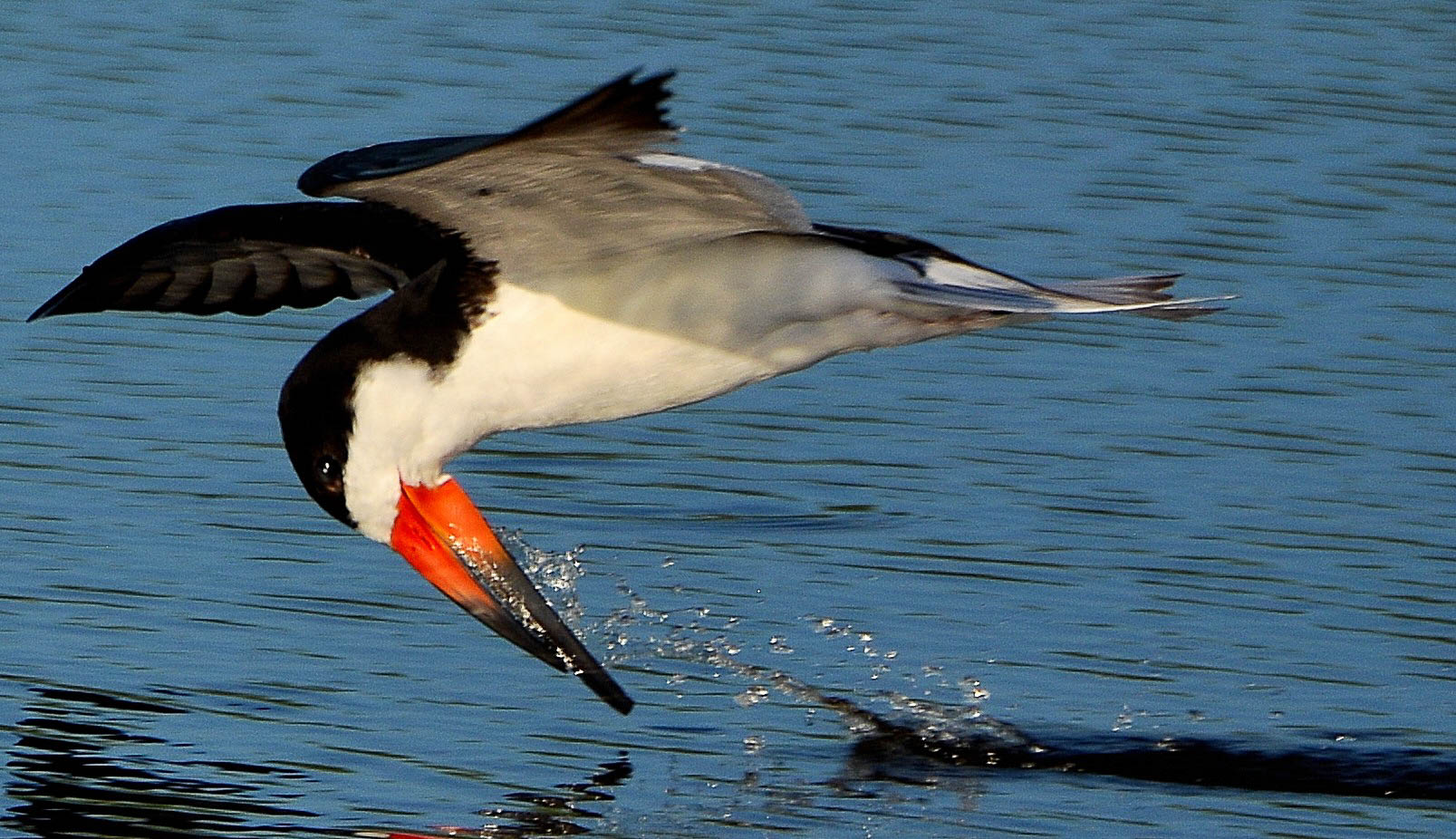

I have to keep reminding myself that this isn’t a competition. You don’t need to be a par golfer to enjoy golf. You don’t need to be able to calculate pot odds in your head to enjoy Texas Hold’em. You don’t have to be an expert film critic to watch a movie. And – most important to me today – you don’t have to be an expert birdwatcher or ornithologist to write about treasure hunting for beautiful birds at Cape May.

Even though birdwatching isn’t a competition, it can be a game. You can play it by counting life birds, which is exciting and a lot of fun. That’s when you see a species of bird for the first time in your life. New birders sometimes get six or seven life birds in a day and veteran birders love helping them by picking out unusual birds for the new convert to birding. Or for the visitor from Europe who had never seen an American Robin or an Eastern Blue Jay or an American Goldfinch. I drove down to Cape May the day that a Eurasian Widgeon was spotted – didn’t see it – and was at Chincoteague the day that a Black-tailed Godwit was spotted – didn’t see him either. Chris and I were eating at an outside diner in Cape May and two birds hopped by that had been avoiding me after days of looking for them in the seaside salt grass. I quickly got out my phone app and verified that we had scored a new life bird, Seaside Sparrow. The lunch was also good. I saw the Black Swan, either accidentally blown in from Australia or else escaped from a zoo, who spent a summer at Cape May.
Another way to play is by treasure hunting, with or without a camera. The excitement of an unusual bird or a favorite bird or a beautiful bird stays with you, even if they aren’t life birds. I usually take my camera and then spend lots of time picking out the best photos, editing them, and sometimes finding that I took a picture of a new life bird. The identification game can go on for years. Here is my picture of a Grasshopper Sparrow that I took in a field at Cape May. For years, I have been thinking that my id was solid, but now I’m not so sure. I showed the pic to Chris last week and she said, “that’s a nice goldfinch.” “No,” I responded, “It’s a Grasshopper Sparrow.” Now, I think Chris might be right and that it is a breeding female goldfinch. Let me know what you think by posting a comment.
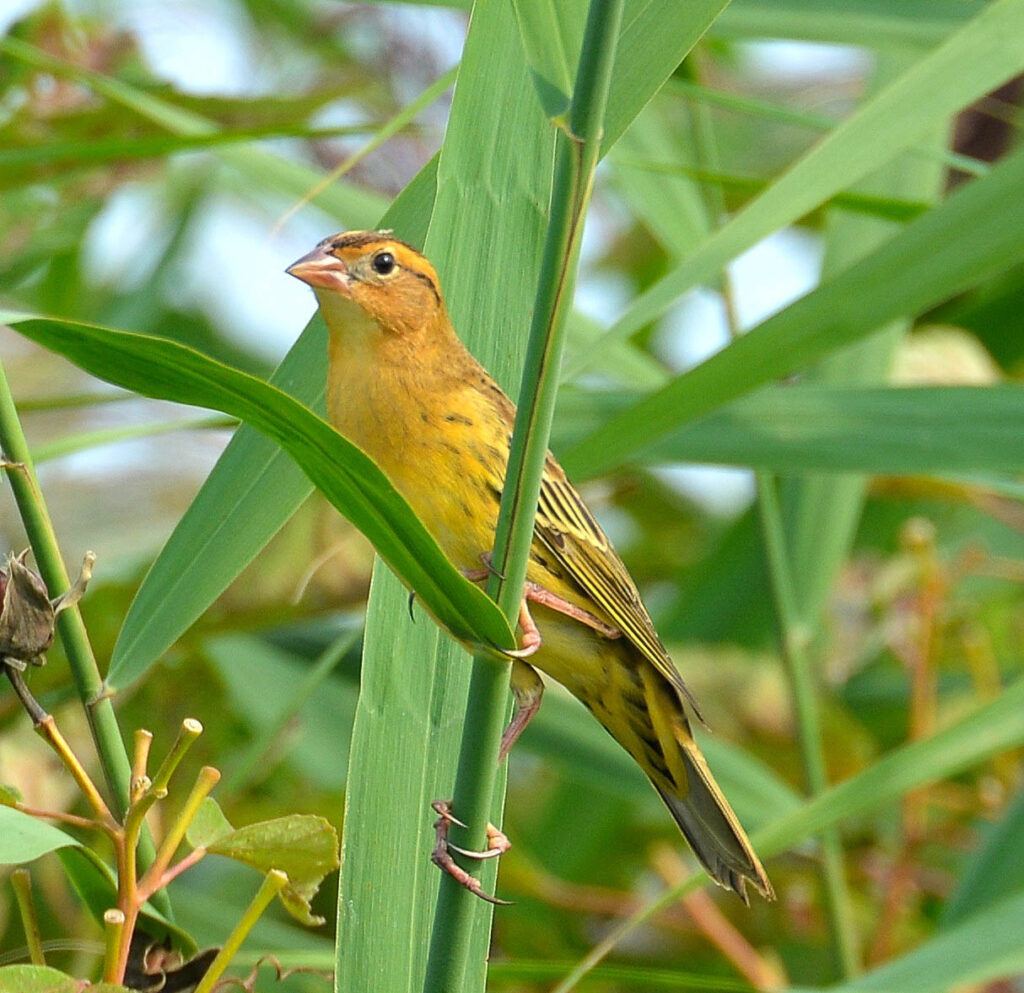
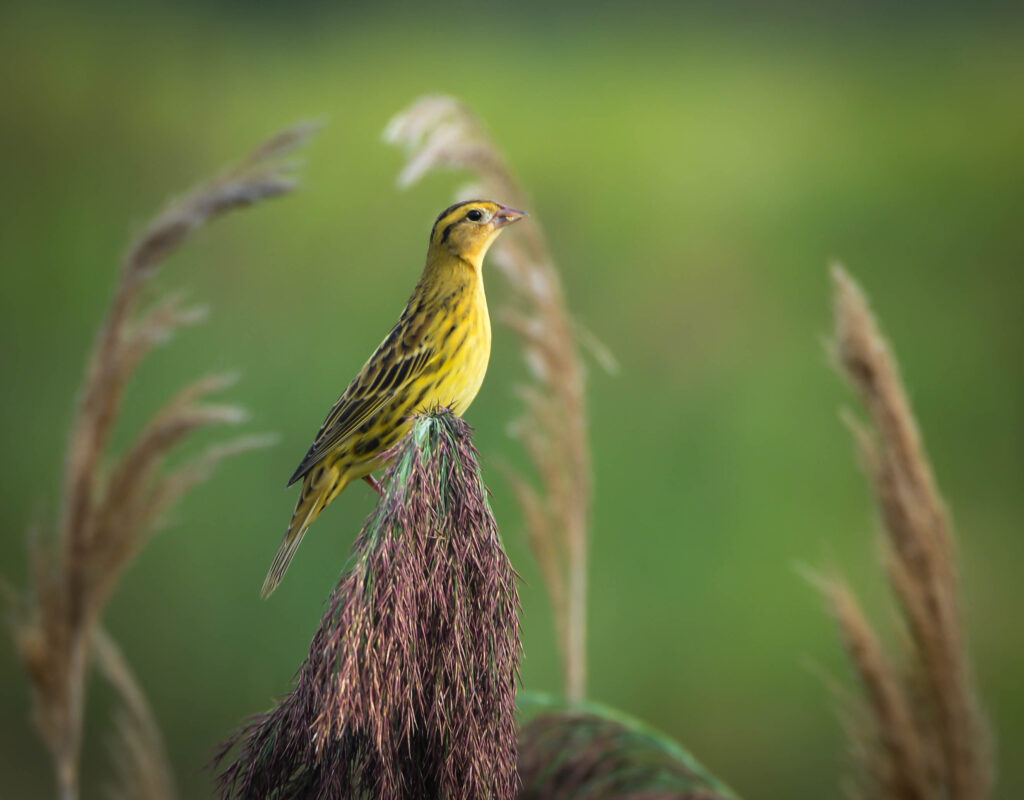
I went down into my basement to find a book put out by the New Jersey Audubon called “New Jersey Birding and Wildlife Trails – Delaware Bayshore.” I got it for free from the Cape May Lighthouse bookstore in 2013. It was published in 2010 and I think that I remember that they were giving it away because a new version was about to come out. Even though I used the book a lot on every trip to Cape May, it is still in pretty good shape and the info in it is still very useful. I was startled to find that my travels in real life only covered about eight pages of the 116 page book. I suppose that’s okay. It’s not a competition.
In my basement bookshelf, right next to the Audubon book, was David Sibley’s “The Birds of Cape May.” I flipped through it and started counting the birds that I had seen in the last few years that were in the book. There were a lot that I hadn’t seen but 248 that I had seen. What that says to me is that with a bit of effort and an investment of time and energy, you can see hundreds of different birds in one region. Driving just a couple of hours from Chester County you have ocean, mountain, swamp, river, lake, forest, pinelands, farmland, and grassy field environments to hunt down an amazing number of birds.
Cape May Point
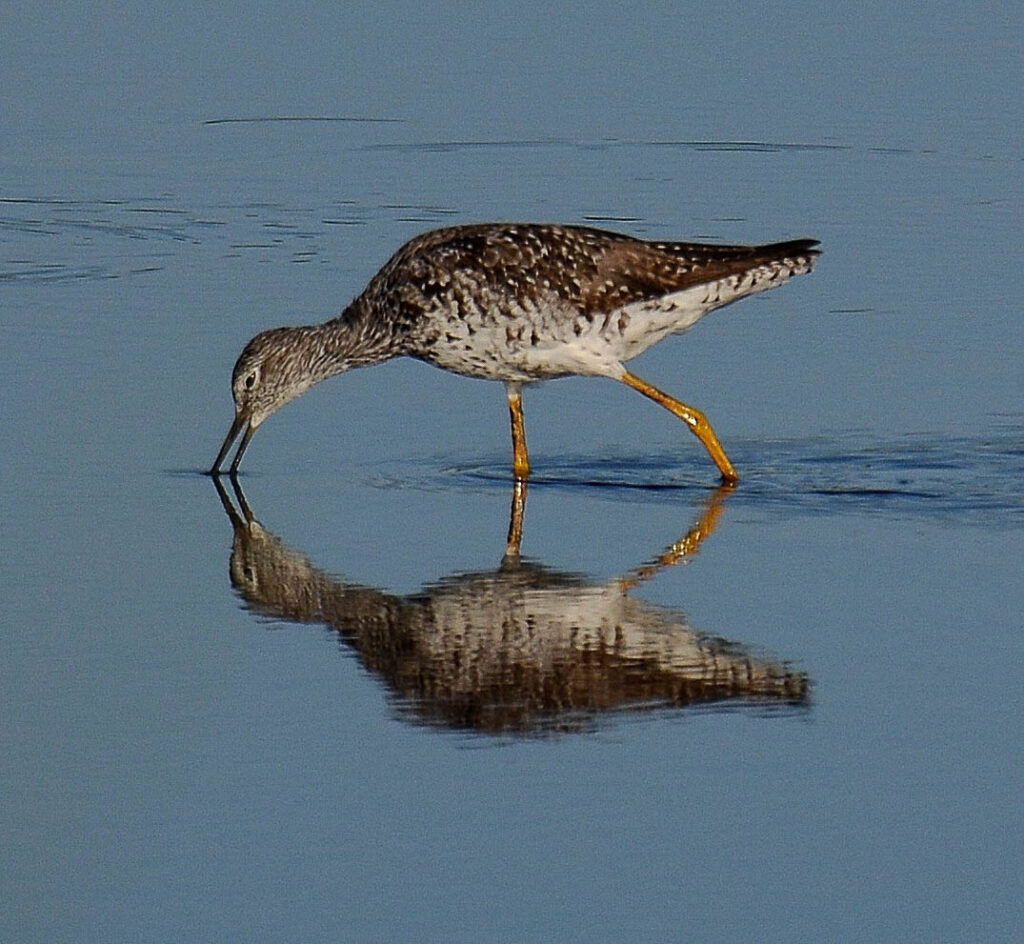
During the fall migration, Cape May is one of the premiere bird watching locations in the world. I have met people from Europe, Canada, and the interior United States who have traveled to see what we get for our drive to the beach. Many of the birds that have spread out over North America for the summer migrate south along the Atlantic coast in the fall. They are funneled into the peninsula of Cape May and fly up the Delaware Bay side for a few miles to see if this is just an irregular part of the coastline. Before attempting the eleven-mile crossing over the mouth of the Delaware Bay, they wait for favorable winds. Sometimes in the morning there will be spectacular flights of warblers who have waited days before making the crossing and fly off together when the wind is right.
My favorite place to start each trip to Cape May is at Cape May Point State Park on Lighthouse Avenue, the extreme southern tip of the peninsula. In the fall there will be lots of birdwatchers on the big viewing platform that sits just off the parking lot. There is a chalkboard where the raptor watchers post the daily counts for each species as they fly past. In front of the platform are large water impoundments where waterfowl spend the day. I spend most of my time walking the trails that circle around these water impoundments. Most of the trails go through swamp. There are several big ponds, many small ones, streams, pines, grasses, and – of course – birds.
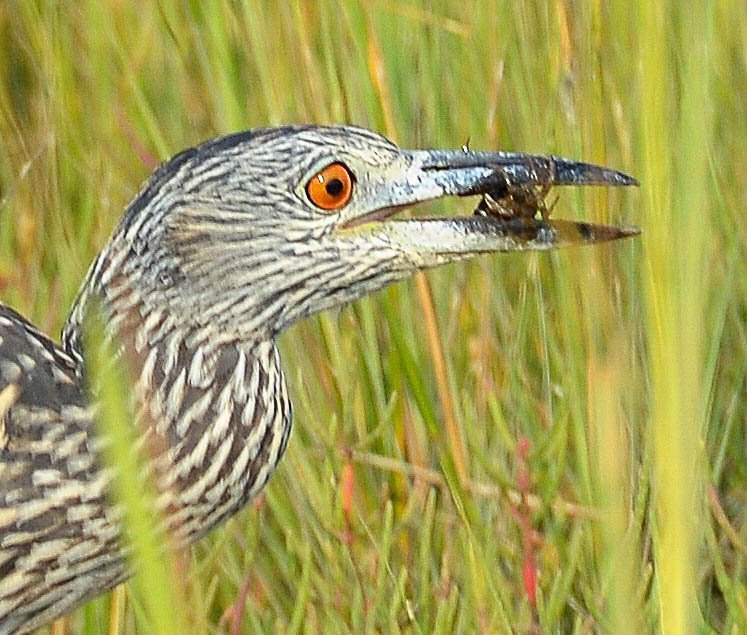
The bigger ponds have swans, ducks, egrets, and herons. The small ponds have some of the more solitary sandpipers, like Spotted Sandpipers and Solitary Sandpipers. In and out of the grass are American Bitterns, Green Herons, and Night Herons. Along the beach are lots of gulls, sandpipers, curlews, and godwits.
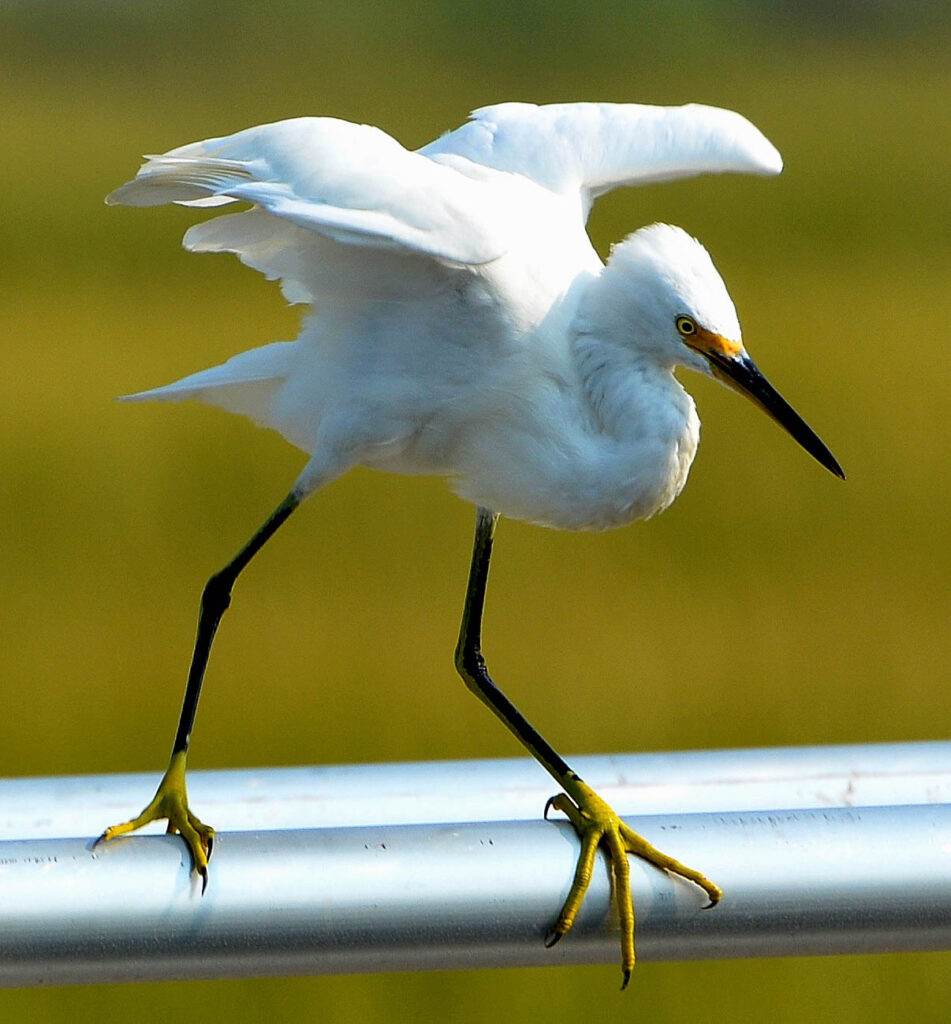
I like this picture because you can see his feet. Snowy Egrets and Great Egrets look the same from a distance except for a big difference in size, which is hard to tell unless you see the two species together. Snowy Egrets have yellow feet and black bills. Great Egrets have yellow bills and black feet.
The Bay Side
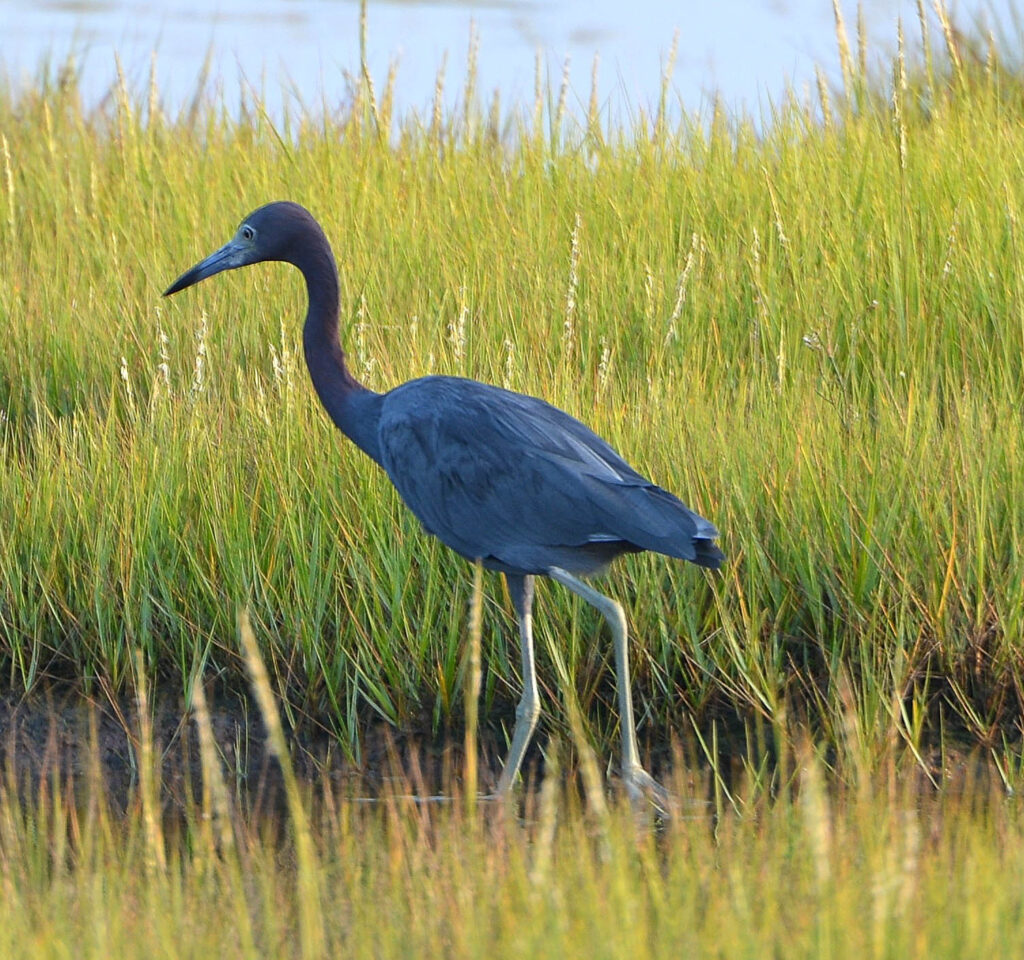
In the summer, I like to poke around the wetlands behind the dunes on the Delaware Bay side of the peninsula. The wading birds are the crown jewels of this environment. Don’t tell the Ospreys that I said that.
In the spring, the birds are migrating north, so they don’t bottleneck around Cape May Point. However, there is a major draw for birds and birdwatchers. Huge flocks of shore birds come to the Delaware Bay to eat the billions of Horseshoe Crab eggs that are deposited each spring on the bayside beaches. There are thousands of sandpipers, plovers, gulls, and ruddy turnstones. The count for the six most numerous species is in the range of half-a-million, but the estimates put twice that many in the wetlands and fields off the shoreline. The bird that has most captured the attention of conservationists is the Red Knot. This shorebird migrates from South America, stops at the Delaware Bay to gorge on Horseshoe Crab eggs, then completes his migration to the Arctic to nest. It is a 9,000-mile one-way trip. If there aren’t enough crab eggs to fatten up the migrating birds, they will arrive in the Arctic without the energy to mate and build nests. Their numbers have fluctuated dramatically depending on human predation on the Horseshoe Crab population. At the moment the humans seem to be doing a lot to protect the migration and the shorebird populations reflect it.
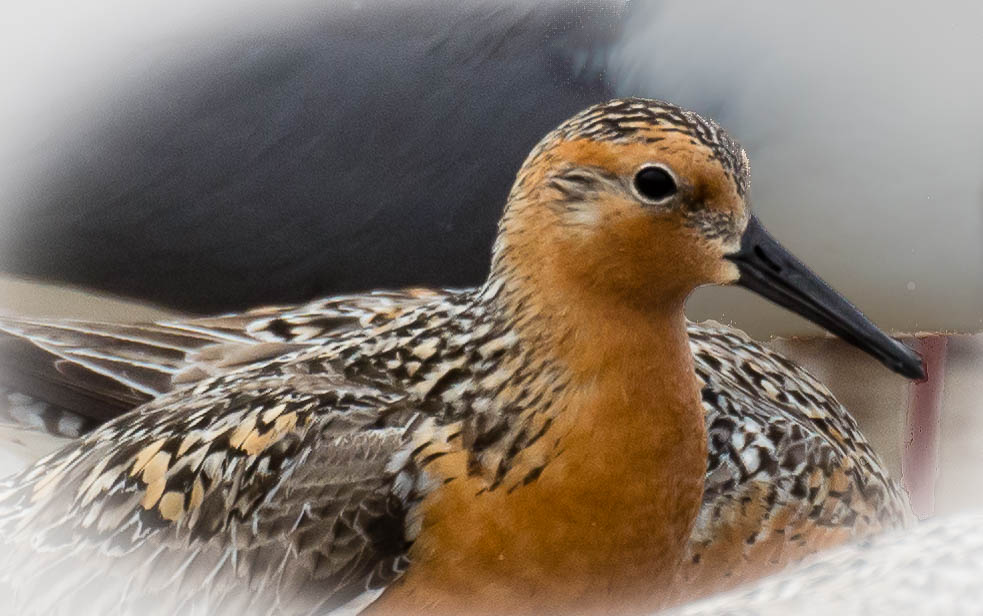
In the fall, just about every North American migrator can be found in Cape May. The most popular birds to count are the raptors. Daily totals for Bald Eagles, Merlins, Peregrine Falcons, Red-tailed Hawks, Broad-shouldered Hawks, Kestrels, Cooper’s Hawks, and Sharp-shinned Hawks are posted at the observation platform at Cape May Point State Park.

However, the most popular birds to treasure hunt for are the warblers. These tiny, colorful, shy birds are notoriously hard to find, identify, and photograph because they spend most of their time flitting around very quickly in thick brush and woodlands. In the fall, when they are waiting to fly over the bay, they are hungry and active. A good place to see a lot of them is in the fields behind Higbee Beach.
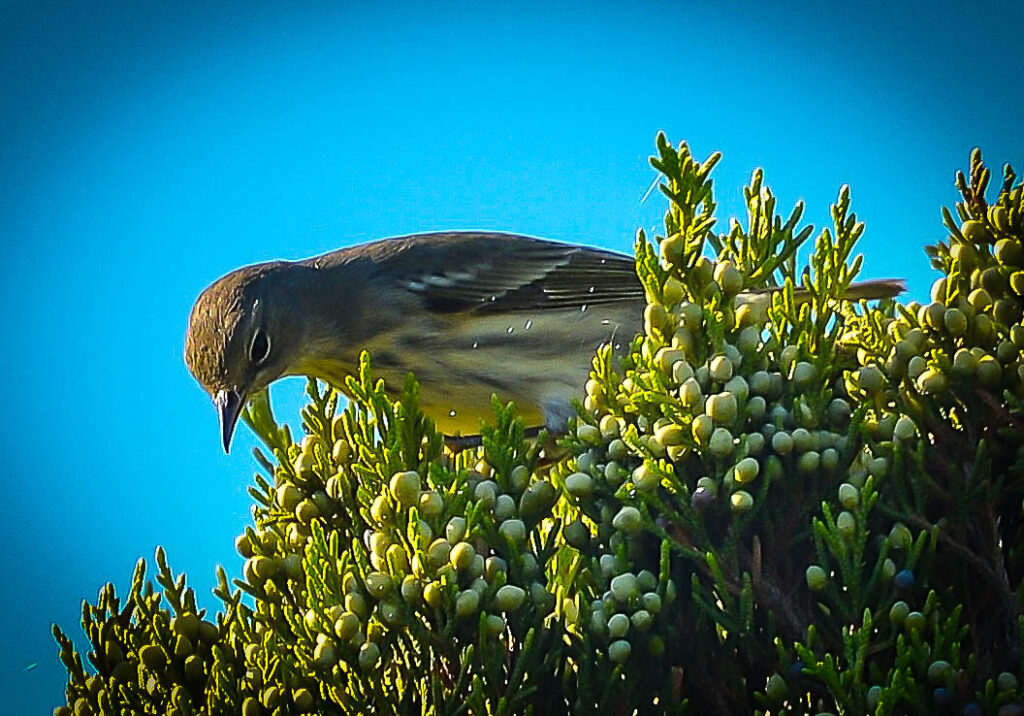
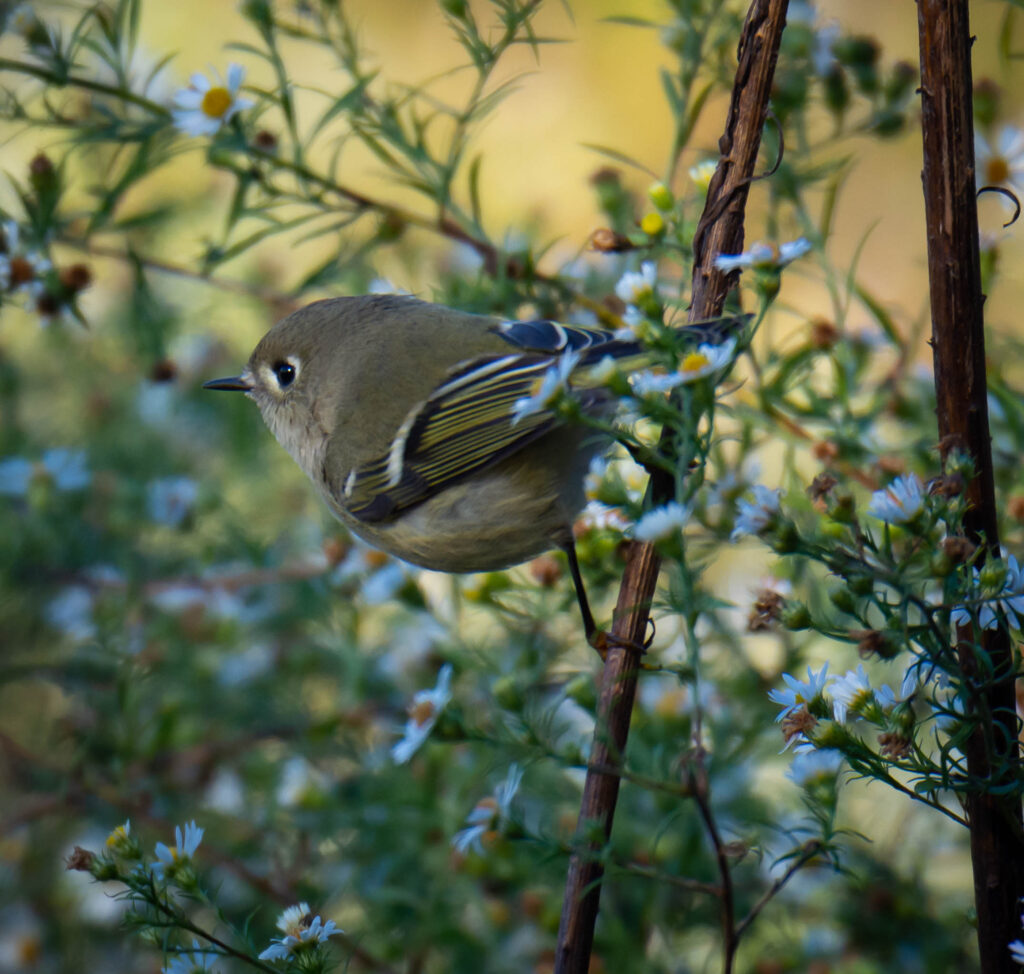
Not a warbler, but even smaller and cuter. Golden-crowned Kinglet at Higbee Beach.
The Ocean Side

Shore birds are hard to identify, and sandpipers are the most difficult. The little guy in the picture above is a Dunlin. The black patch on his chest gives him away, but other field marks are the long drooping bill, the black feet, the reddish-brown back, and the relatively large head.
I get a kick out of photographing these little clowns as they hop around the edge of the surf. When there are a lot of people using the beaches, the birds have to share, and the sandpipers do a pretty good job of catching their dinners and staying ten or twenty feet away from the humans.
In the winter, there is a lot less activity on the beach, but you can see loons and scoters hunting in the water beyond the surf. The loons migrate down from their cold northern lakes to spend the winter off our ocean coast.
The Meadows

The Meadows is on Sunset Blvd in West Cape May. Its official name is the William D. and Jane C. Blair Jr. Cape May Migratory Bird Refuge, which is a mouthful and explains why everyone calls it just “The Meadows.” The site is owned and maintained by The Nature Conservancy, an international organization whose mission is to conserve natural habitats along the migratory routes.
A few of the highlights are fresh-water ducks, sea ducks, woodcock, hawks, Piping Plovers, songbirds, dragonflies, and Marsh Mallow – a large showy flower that borders the ponds. On one visit, Chris and I watched a flock of Black Skimmers feeding in one of the big ponds. These large shore birds have a four-foot wingspan and glide over the water really fast as they scoop up small fish. Their lower bill is longer than their upper bill which works well with their method of catching their dinner.
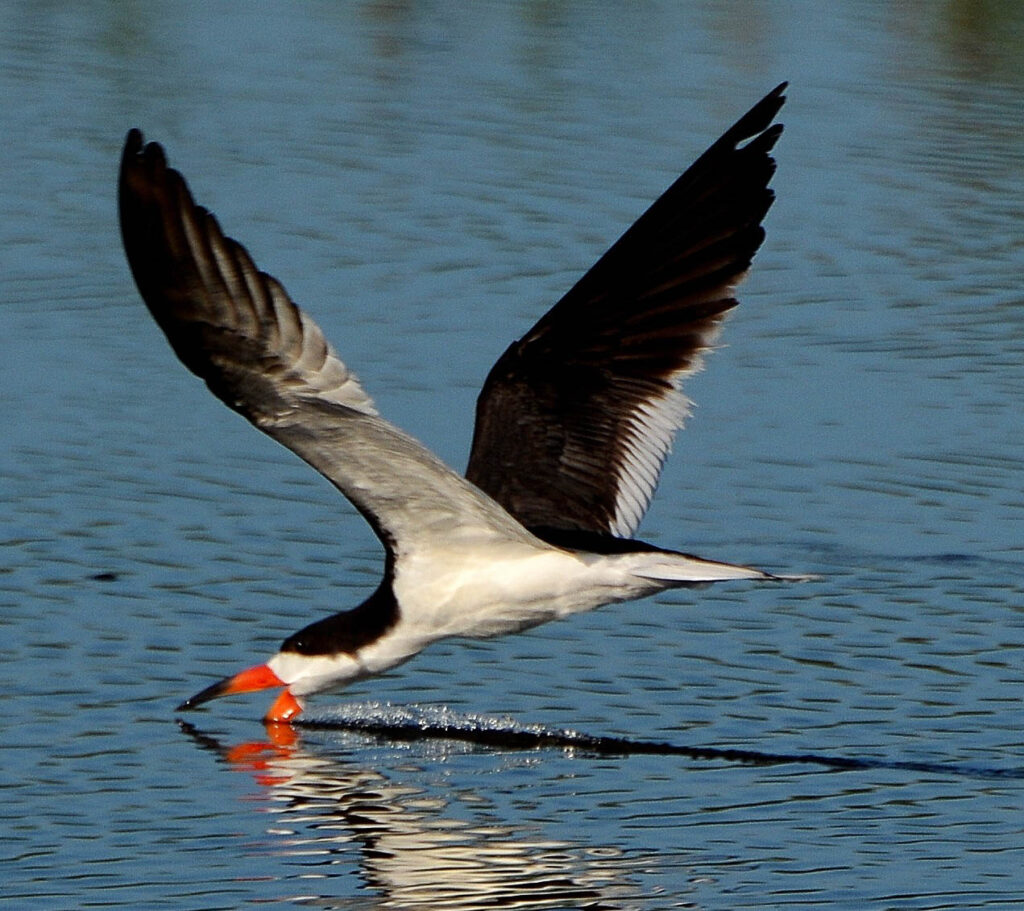
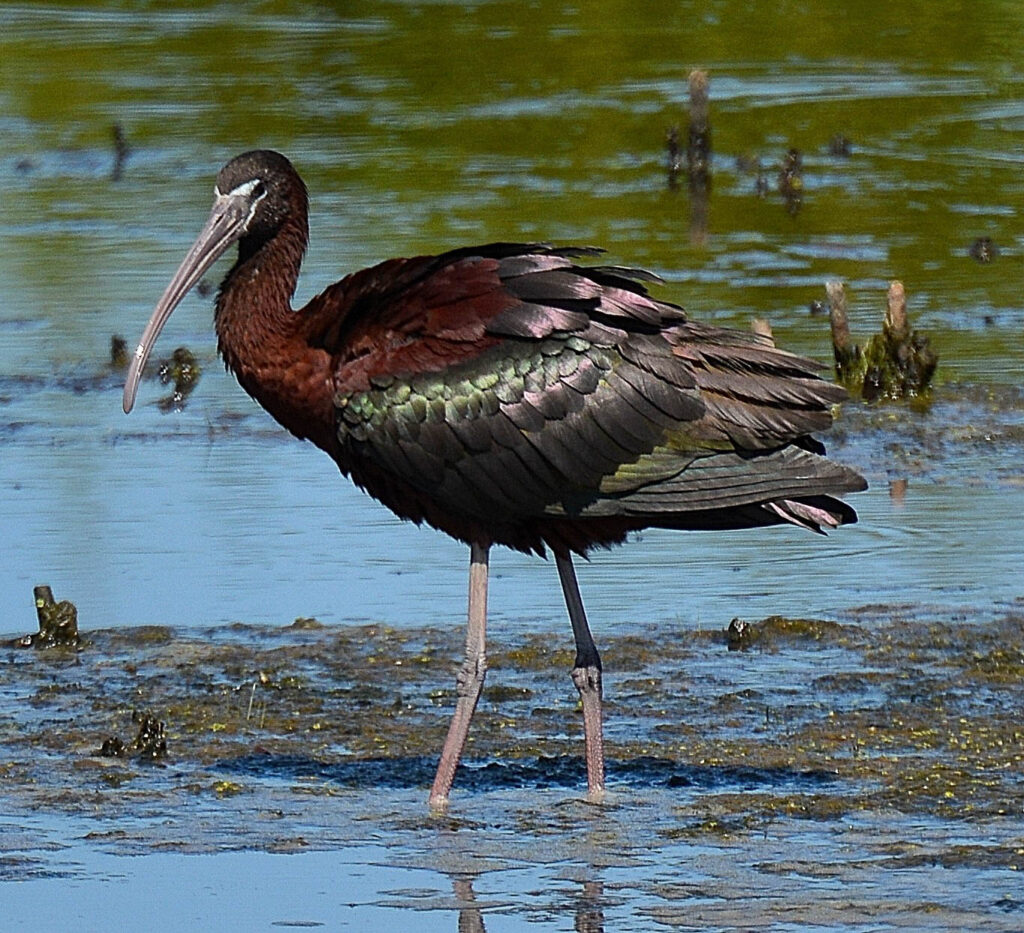
On that same visit, there were a number of other species feeding in the ponds, including an American Oystercatcher and a flock of Glossy Ibis.